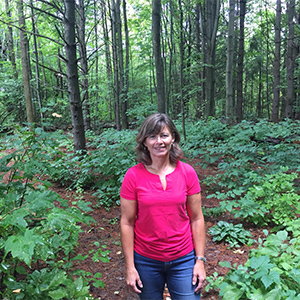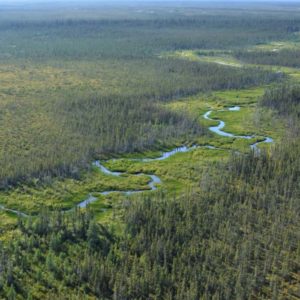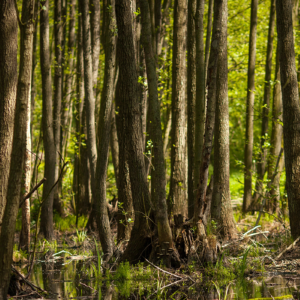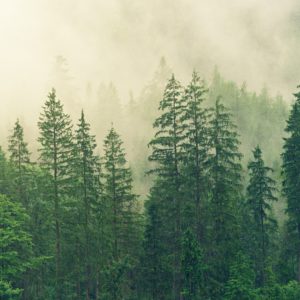The Texture of Trees
This blog is written by guest blogger Sherry Nigro.
I am always a little bit sad to see the leaves fall. But, it gives me more opportunity to admire the under-appreciated tree trunk. There is something about trees that compels me to reach out and touch the bark as I walk past. I am drawn to the texture of the tree trunks, which can range from the raised plates of the white pine to the shaggy eastern hophornbeam, to the smooth papery birch. There is something grounding about the contact; the trunk with its protective bark covering, seems to be the heart and soul of the tree.
Bark varies from thin to very thick depending on the genus of tree. It can change with age, for example young poplars have a smooth light coloured surface with horizontal striations. Bark on older poplars can be thick and dark and have fissures and deep cracks. Colours can vary from the bright white of birch to true red of red osier dogwood, to bright greens and yellows of certain willows as well as every grey and brown variation imaginable. The characteristics of the bark can be very useful in identifying the species of tree.
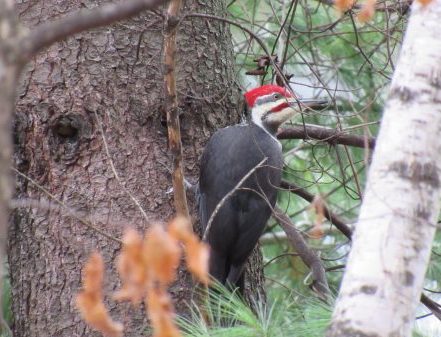
Pileated Woodpecker. Photo by Sherry Nigro.
The bark, like a combination of our skin and bones, serves several important functions for the tree. The inner bark supports the transportation of water and nutrients. The outer bark provides strength and flexibility to support the crown of the tree, even during extreme weather. It provides insulation for the tree protecting it against severe cold and heat, even fire.
While healthy bark can provide some protection from disease and infestations, it can be susceptible to damage from both. Witness the devastation of the emerald ash borer which lays eggs on the bark, with the larvae boring into the bark and disrupting the transportation of nutrients, eventually killing the tree. Many animals, including moose, beaver, and porcupines eat bark as part of their diet. Large animals such as bear and moose can damage trees mechanically as they claw or rub their antlers against the trunk. Birds can strip off bark for nests or puncture the bark with sharp beaks looking for insects. Woodpeckers in particular can weaken already declining trees leaving some trunks looking like a bird buffet. Observing the bark on the trunk can often provide information about the overall health of the tree.
People have also found uses for tree bark.. Indigenous peoples used the birch bark for their famously durable canoes and willow bark for its pain relieving properties. Even today, tree bark can be used in tanning, building products, pharmaceuticals, and horticulture.
Bark makes an important contribution to the ecosystem of the forest. It provides nutrients to plants such as moss, fungi and lichens. (Yes, moss will be predominantly on the north side of trees). And this commensalism provides another fascinating aspect to the tree trunk, one that invites me to touch the rough flakes of the lichen, or the soft velvet of the moss.
Next time you are outside, touch a tree!

